Explore the Characteristics of Power Batteries: Types, Materials and Safety
Power Battery as an important electric energy storage device today, it has various types and characteristics. This article will introduce the types, main material characteristics and safety issues of power batteries.
I. Types of power batteries
-
lithium battery: including lithium iron phosphate, lithium cobalt oxide, lithium manganese oxide, ternary lithium, etc. Lithium batteries are widely used in electric vehicles, portable devices and other fields due to their high energy density, light weight and high working voltage.
-
NI-MH battery: with high capacity, long cycle life and high safety performance, it is widely used in hybrid vehicles, energy storage systems and other fields.
-
Solid-state battery: Battery with solid electrolyte replacing liquid electrolyte has higher safety and energy density, which is one of the development directions of battery technology in the future.
-
Nickel-cadmium battery: it has a long life and a high discharge rate, but it is gradually eliminated due to environmental protection and cost restrictions.
-
Lead-acid battery: as a relatively mature battery technology, it is widely used in starting, lighting, ignition and other fields.
-
Fuel Cell: it directly converts chemical energy into electric energy, which has the advantages of high efficiency and cleanness, and is regarded as one of the important choices of future energy.
II. Influence of battery materials on battery characteristics
the cathode material of the battery has an important influence on the performance of the battery. Different cathode materials determine the charging times, endurance and performance in high and low temperature environment of the battery.
-
Lithium battery: lithium iron phosphate battery performs best in terms of economic benefits, with higher cycle life and better safety performance; Lithium cobalt oxide batteries has higher energy density, but the cost is higher, and the safety is also concerned; lithium manganite battery is relatively balanced in terms of safety and cost; Ternary lithium battery performs well in high power discharge, and is suitable for scenarios requiring higher power output.
-
Solid State Battery: it has higher energy density, longer cycle life and better safety performance, but the cost is higher.
-
NI-MH battery: it has a long cycle life and good safety performance, and is suitable for scenarios requiring stable output for a long time.
III. Safety of power batteries
the power battery will face potential safety hazards such as acupuncture, overheating, overcharge, short circuit and so on during use. These safety problems may lead to serious consequences such as battery performance degradation or even explosion, so the safety of batteries has attracted much attention.
In response to these safety problems, manufacturers have continuously improved battery designs and materials and introduced safety control systems to improve the safety performance of batteries. In addition, the use, charging and storage of batteries also need to strictly abide by relevant regulations to ensure the safe use of batteries.
There are many kinds of power batteries. Different battery materials determine the performance of the battery, and the safety issue has also attracted much attention. With the continuous development and improvement of technology, I believe that power batteries will be more widely used in the future and provide important support for the development of clean energy and electric vehicles.
 Dongguan Juneng New Energy Technology Co., Ltd.
Dongguan Juneng New Energy Technology Co., Ltd.
 137 5142 6524(Miss Gao)
137 5142 6524(Miss Gao)
 susiegao@power-ing.com
susiegao@power-ing.com
 Xinghuiyuan High tech Industrial Park, Dalang Town, Dongguan City, Guangdong Province
Xinghuiyuan High tech Industrial Park, Dalang Town, Dongguan City, Guangdong Province


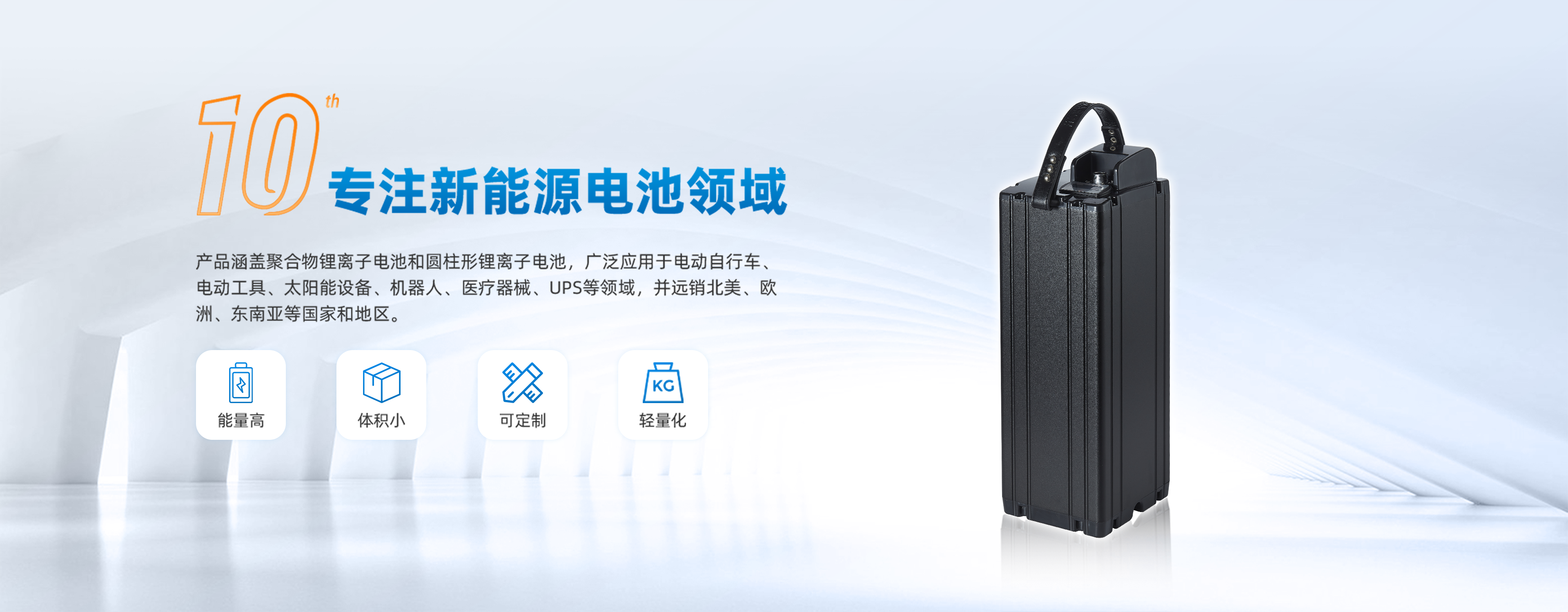
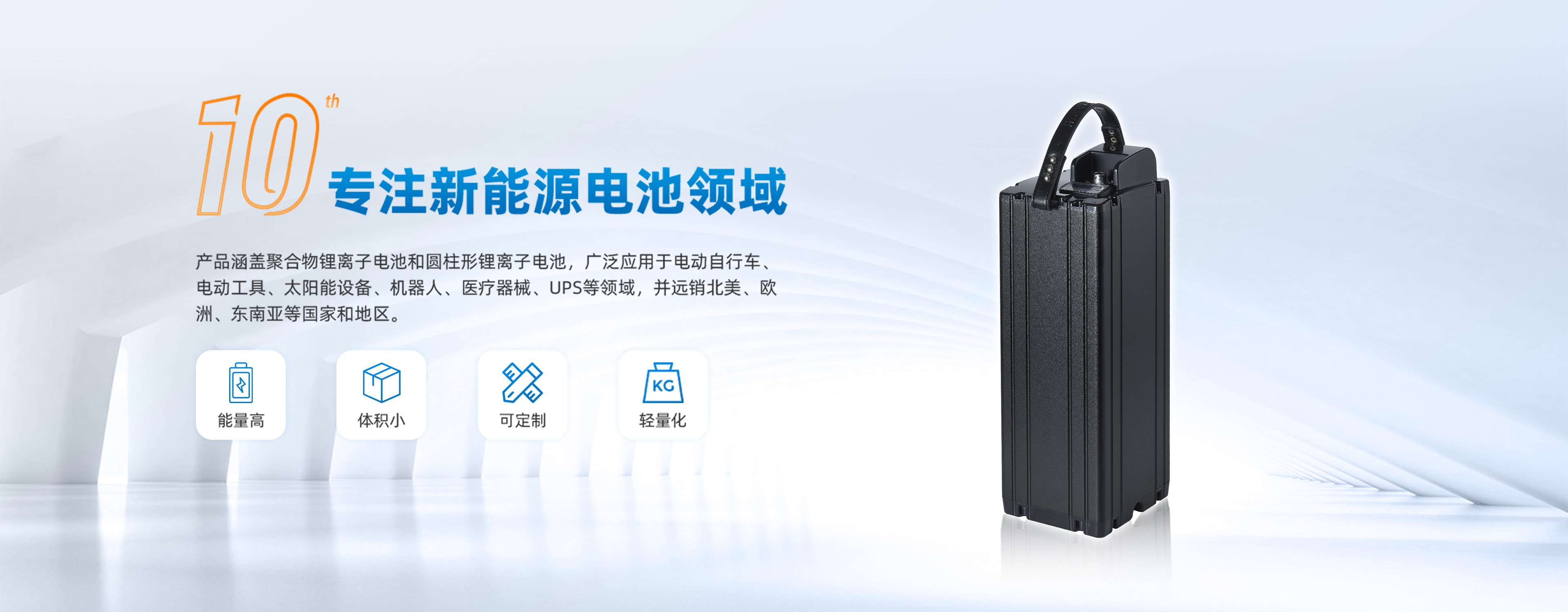
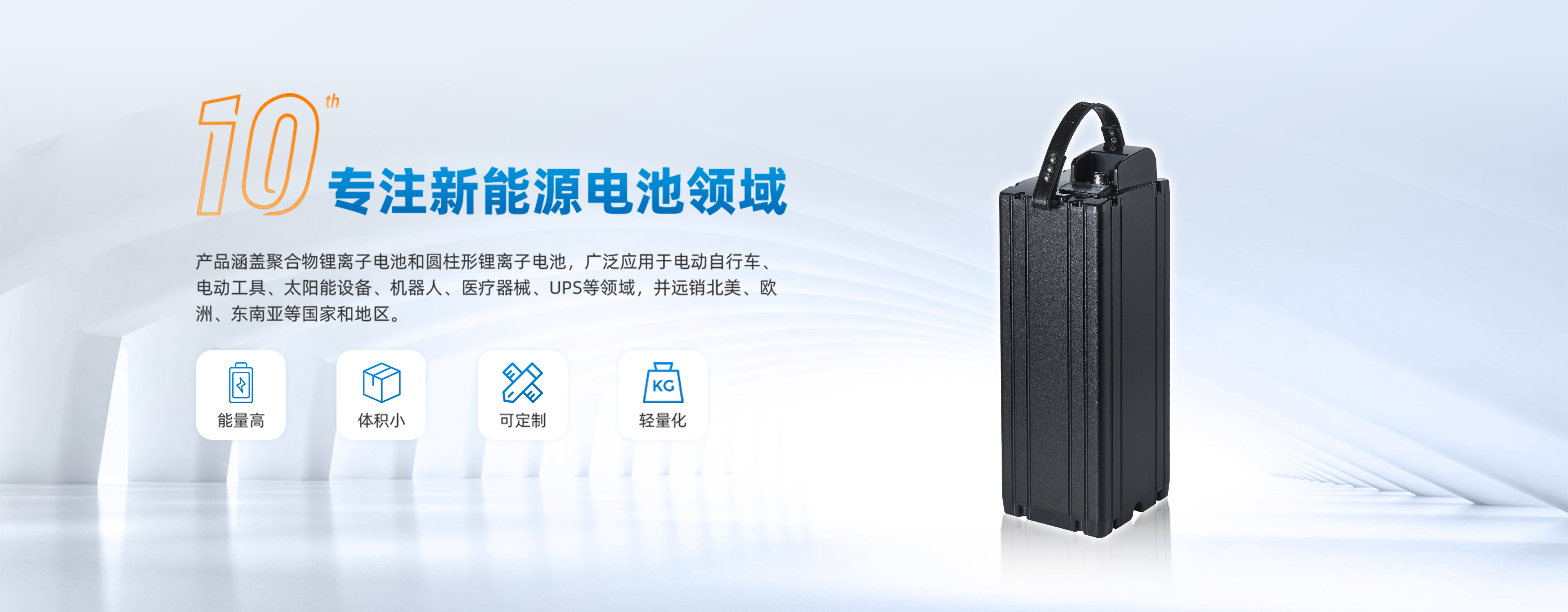



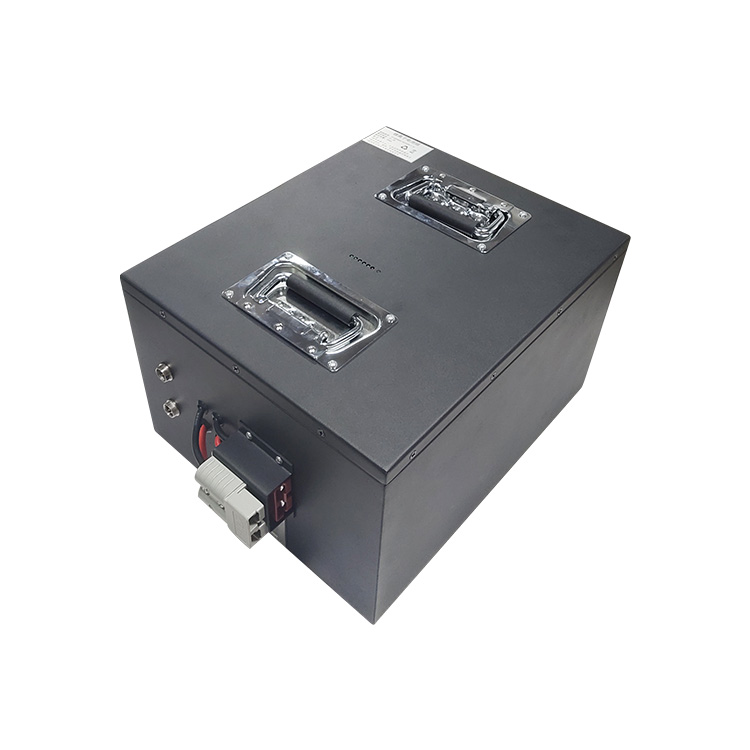


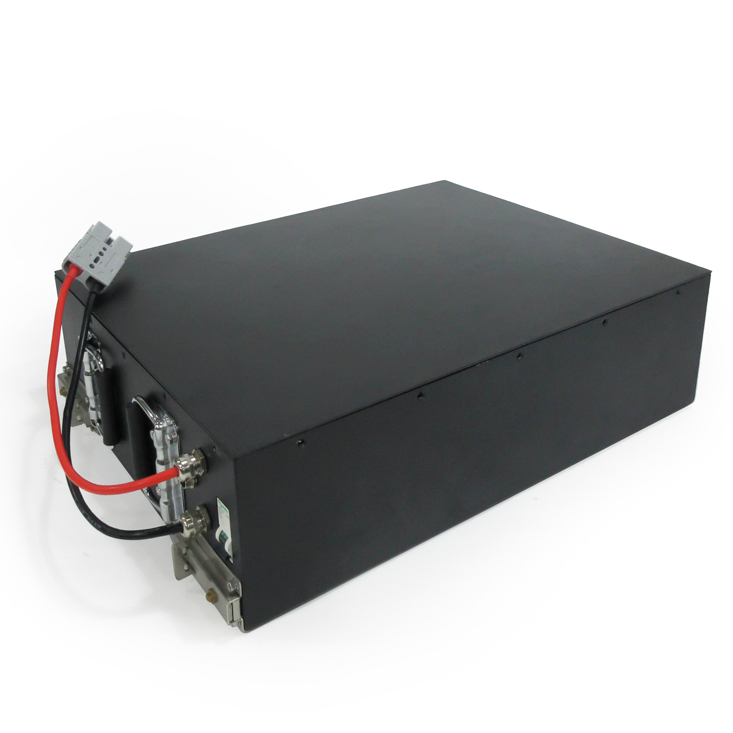

 Yue Gong Wang An Bei No. 4419002007491
Yue Gong Wang An Bei No. 4419002007491